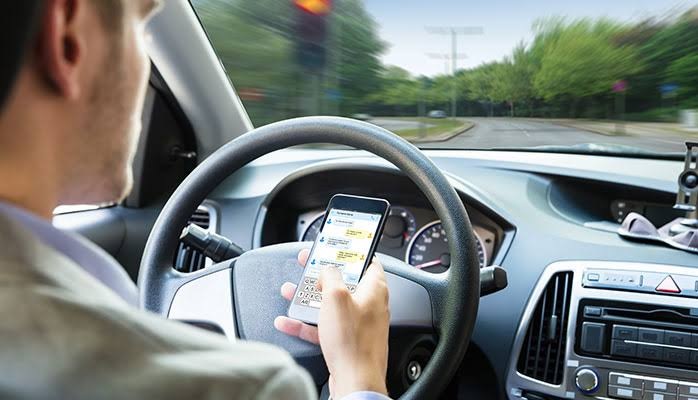There is a growing trend that teens and adults are both causing distracted driving accidents. A study done by the National Safety Council has revealed that distracted drivers present an ever growing threat on the roads. Statistics have shown teen driver distractions were the cause of over 20% of all fatal car crashes. This is a growing problem – especially for teenagers, as people are making use of their electronic devices more often while they are driving. This, in turn, leads to the rise in distracted driving accidents.
Distracted driving is when a driver’s absolute focus on the task at hand is pulled away from the road.
Unfortunately, distracted driving among both teenagers and adults has grown to become one of the major causes of car accidents. Simply think about every one of the distractions each driver experiences while driving: using your smartphone while driving, playing around with your car stereo and/or car CD player, trying to “eat on the run” so to speak (eating in your car WHILE you are driving), etc..
Distracted driving can cover a wide range of activities, and while any distraction can endanger the driver of a vehicle, its occupants, and others on the road, many distractions can divert a person’s concentration. Here are some examples (just to name a few):
- Texting
- Eating and drinking
- Using your GPS
- Adjusting the radio, CD player, or other music players;
- And of course, using a smartphone.
Now that we know just how dangerous it is, what’s the solution? Will power will only go so far, and we all know that not everyone is capable of breaking the habit on their own.
So… How We Can All Drive More Safely?
Some habits are easy to fix. Below are a few tips on can help adults and teens drive safer:
Pay attention. Your ability to perceive threats to your vehicle and to determine the best course of action is your first line of defense in any emergency on the road. If you are distracted by a cell phone, or your radio/music, or any number of things in the vehicle that diverts your attention from driving, then you put yourself at a higher risk of having a collision. So, keeping your eyes on the road is the first step.
Stop eating WHILE you are driving! This is an easy one to fix. Stop trying to eat on the go. Either eat before you get on the road or just simply wait until you have arrived at your destination. If you truly must eat in mid-transit, pull into a rest-area or parking lot instead.
Drive with a defensive-driver mindset. Never assume that the vehicle in front of you is going to do what you expect it to do. People do unexpected things on the roads every day. This is why it is important to keep your defensive driving skills sharp so that you are able to better anticipate and react to the unexpected actions of the other drivers on the road.
Stop “texting and driving”! It can be very tempting to reach for and make use of your phone while you are driving, especially if you’re driving by yourself. Self-control can help, but it can only go so far. It is highly recommended to turn your phone off completely and keep it in the back of the car (or somewhere safe where you will not be tempted to reach for it).
If we all start talking about how teens and adults can be better drivers and actually put into action these safe driving habits, we will all find the roads a much safer place to be.





